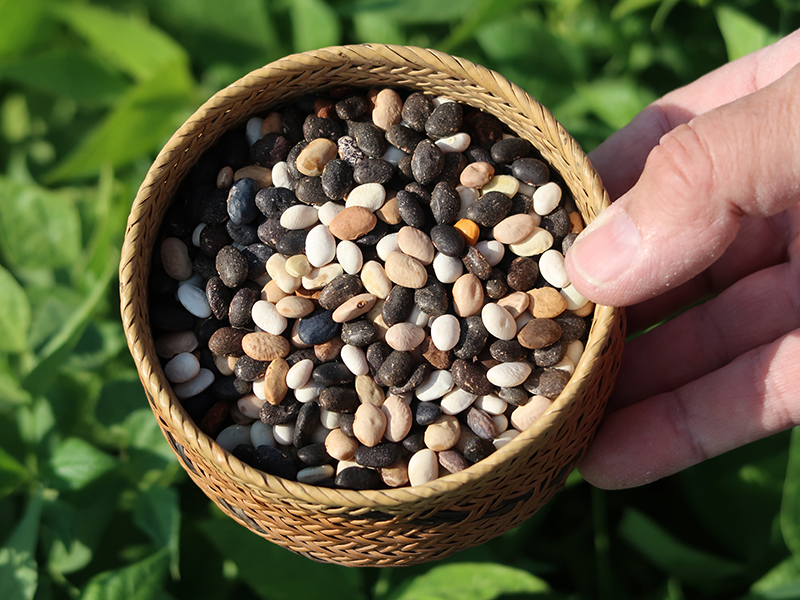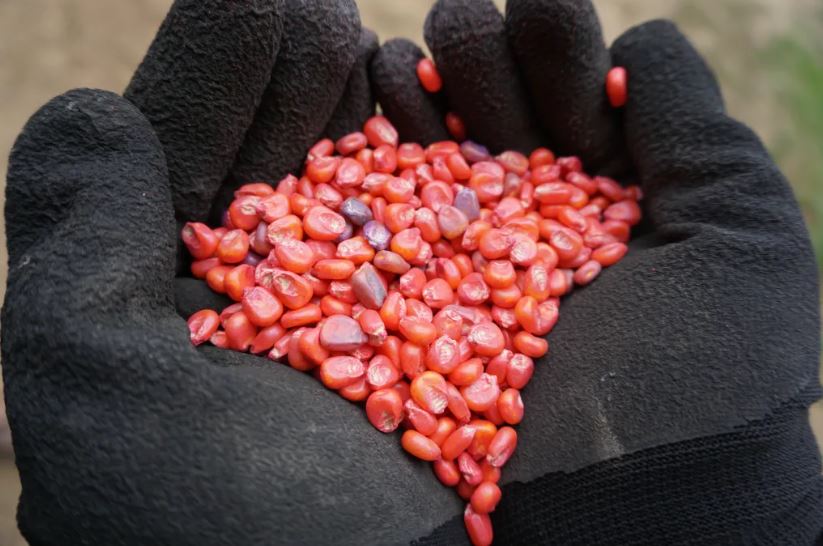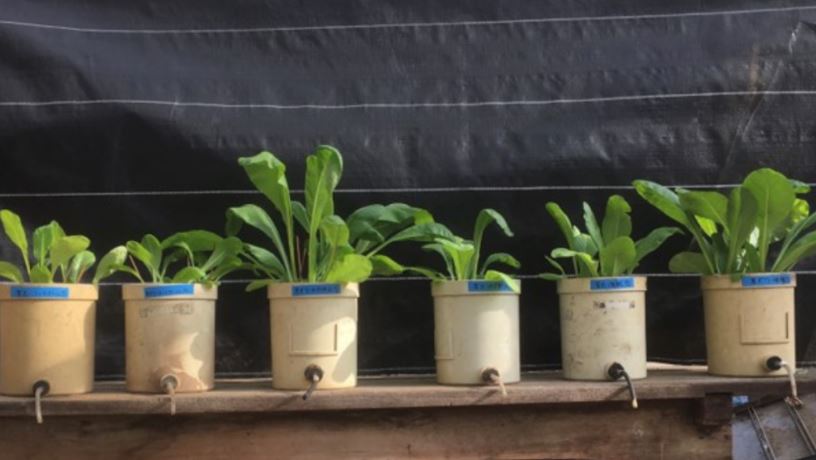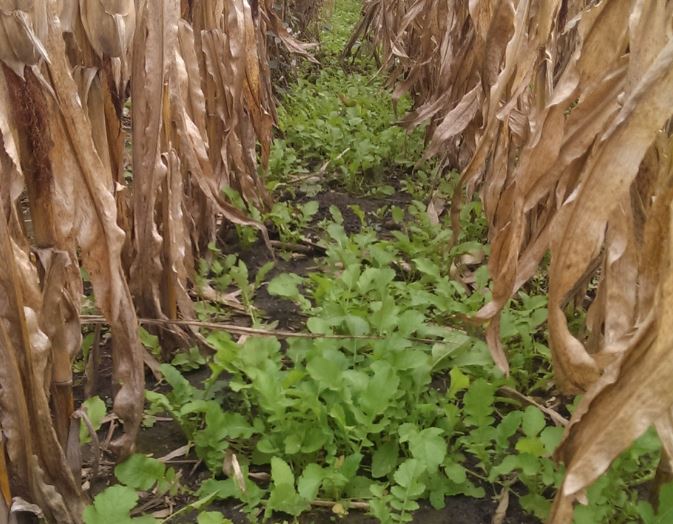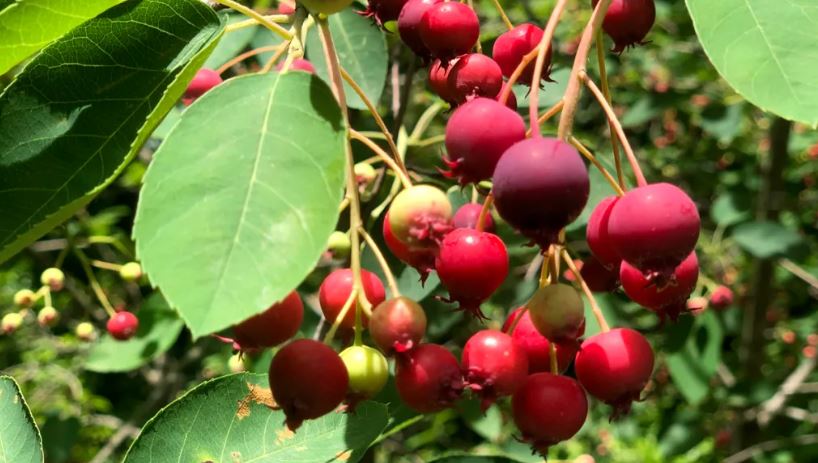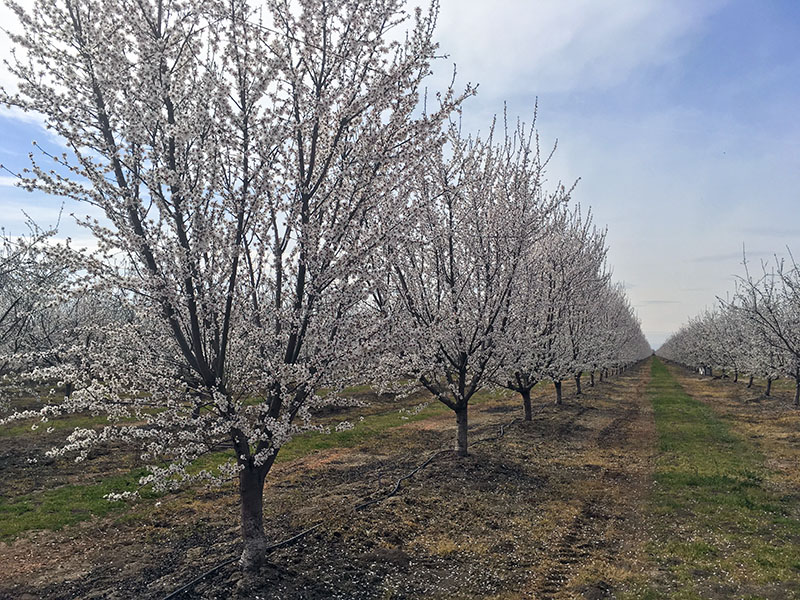Environment
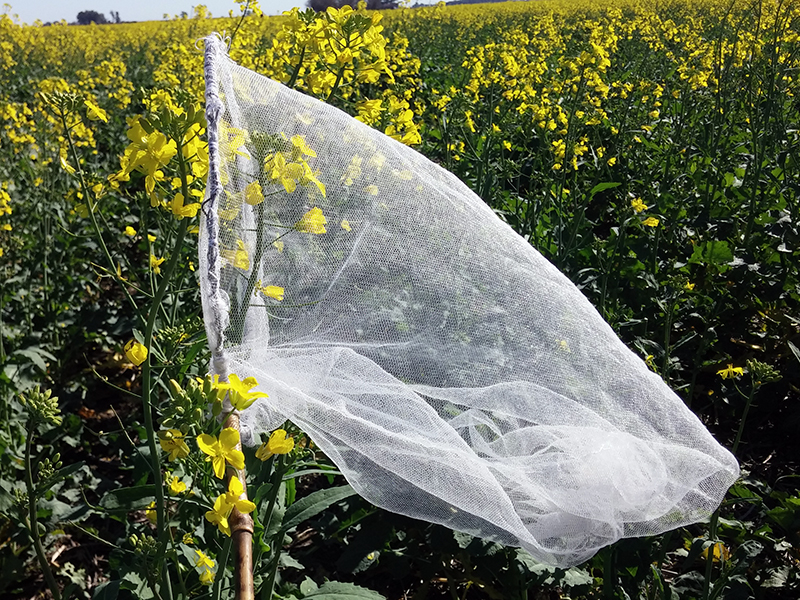
Farmers pay attention to many aspects of their crops. They carefully track how much water they are giving them and the amount of fertilizer they are using. But what about how many bees and butterflies are visiting?
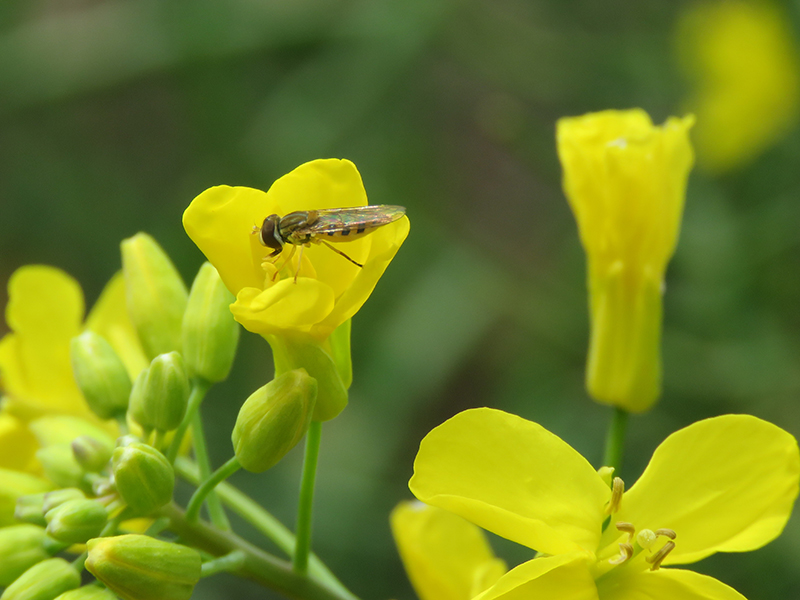
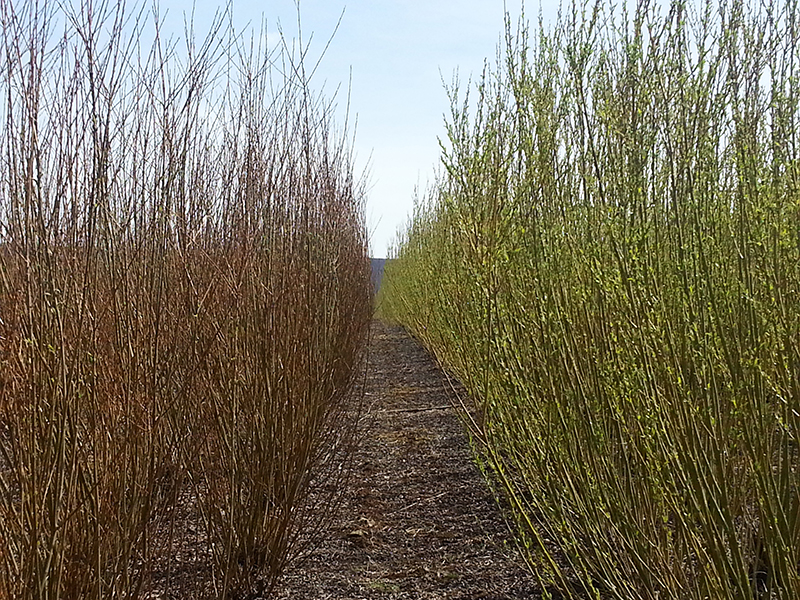
Renewable energy demand and consumption is at an all-time high in the United States.
Shrub willow – a quick-growing woody crop – can be an excellent source of renewable bioenergy. The crop is harvested and turned into wood chips, which can be used for heat, mulch, animal bedding, biochar, and biofuel.
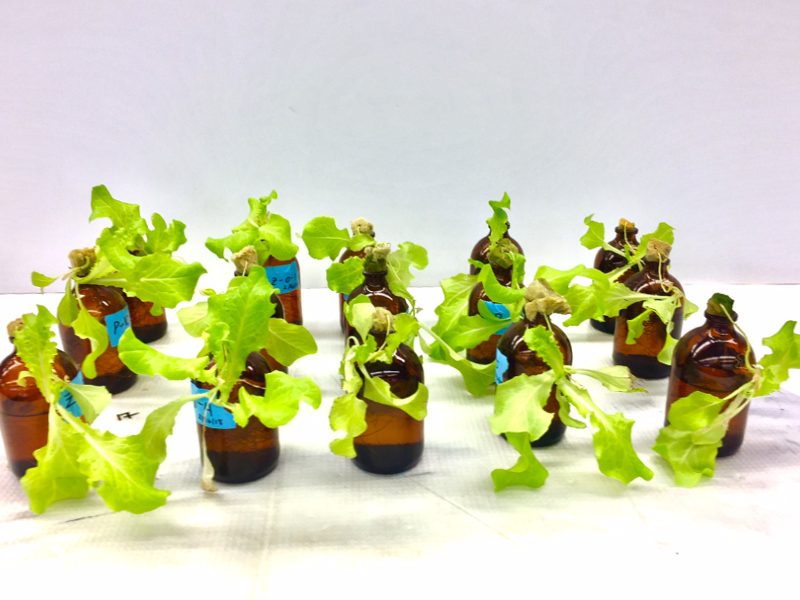
Carbon nanotubes are tiny. They can be a hundred thousand times smaller than the width of a human hair. But they have huge potential.
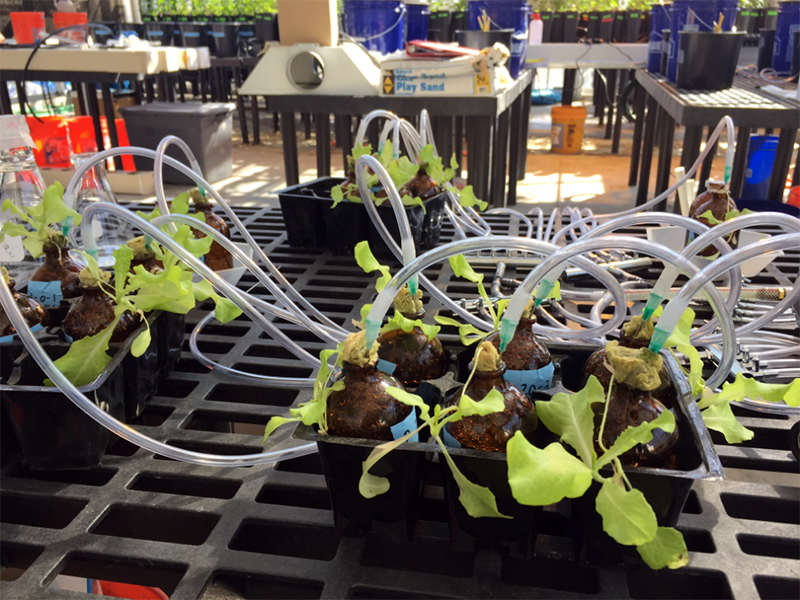
Products manufactured using carbon nanotubes include rebar for concrete, sporting goods, wind turbines, and lithium batteries, among others.
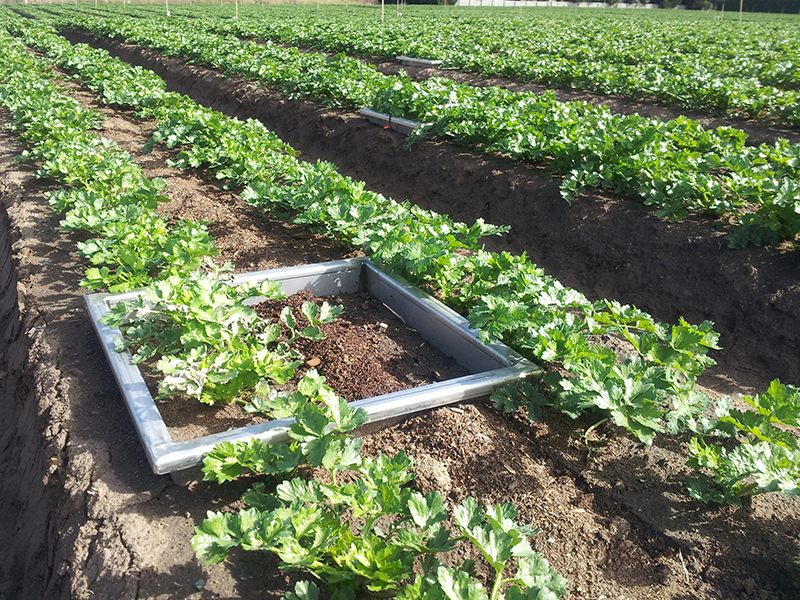
The element nitrogen is a double-edged sword. It is essential for growing plants and feeding people, but it is also a leading cause of pollution across the world. Only by using nitrogen more sustainably can the positive and harmful effects of nitrogen be balanced.
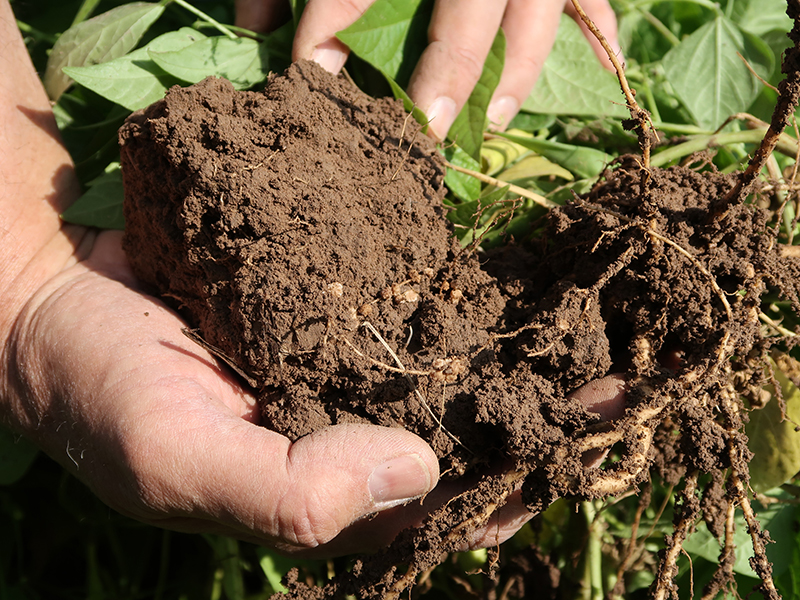
Agriculture accounts for more than a third of water use in the United States. In drier parts of the country, like the southwestern U.S., that fraction can be much higher. For example, more than 75% of New Mexico’s water use is for agriculture.
